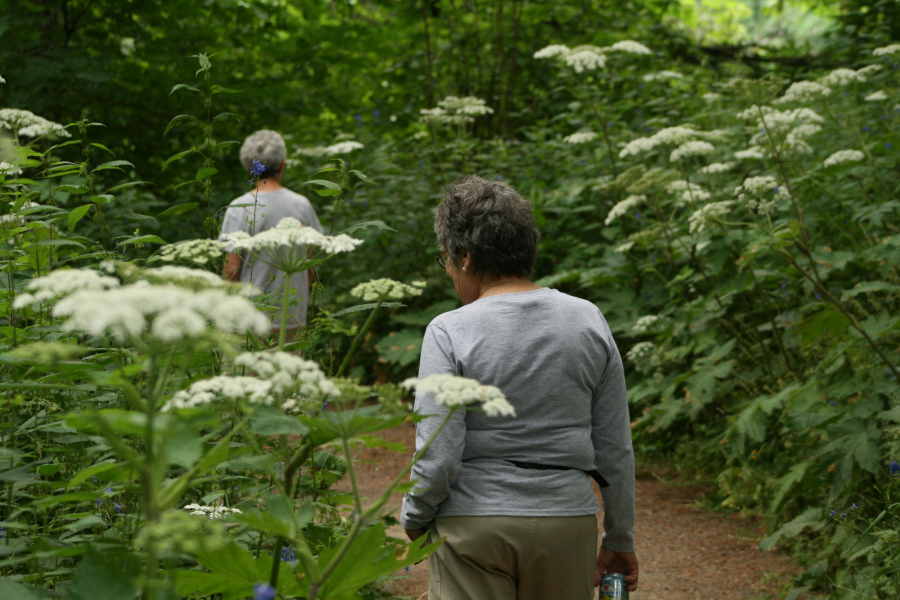Conservation and hiking groups are starting to worry about the “post-fire” effect on the Washington State side of the Columbia River Gorge.
Sharon Ross is on the board of the Cape Horn Conservancy, a nonprofit that cares for the Cape Horn trail and surrounding lands in the Washougal-Stevenson gorge corridor.
“We are loving the trails to death, especially the popular ones,” Ross said.
About 40 Oregon gorge trails damaged by the human-caused Eagle Creek wildfire, which charred nearly 50,000 acres between Corbett and Hood River, Oregon, in the fall of 2017, remain closed this summer. Hikers have adapted, however, coming across the Columbia River to take in the stunning views, wildflowers and waterfalls on Washington’s side of the gorge.
Washington officials confirm the increase in hikers.
Virginia Painter, a spokesperson for Washington State Parks, said park employees at Beacon Rock State Park, located 19 miles east of Washougal, estimate a 40-percent increase in hikers from May 2017 to May 2018.
“That’s a pretty astounding number,” Painter said, adding many of the hikers have been flocking to the park’s Hamilton Mountain trail.


